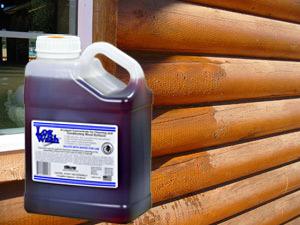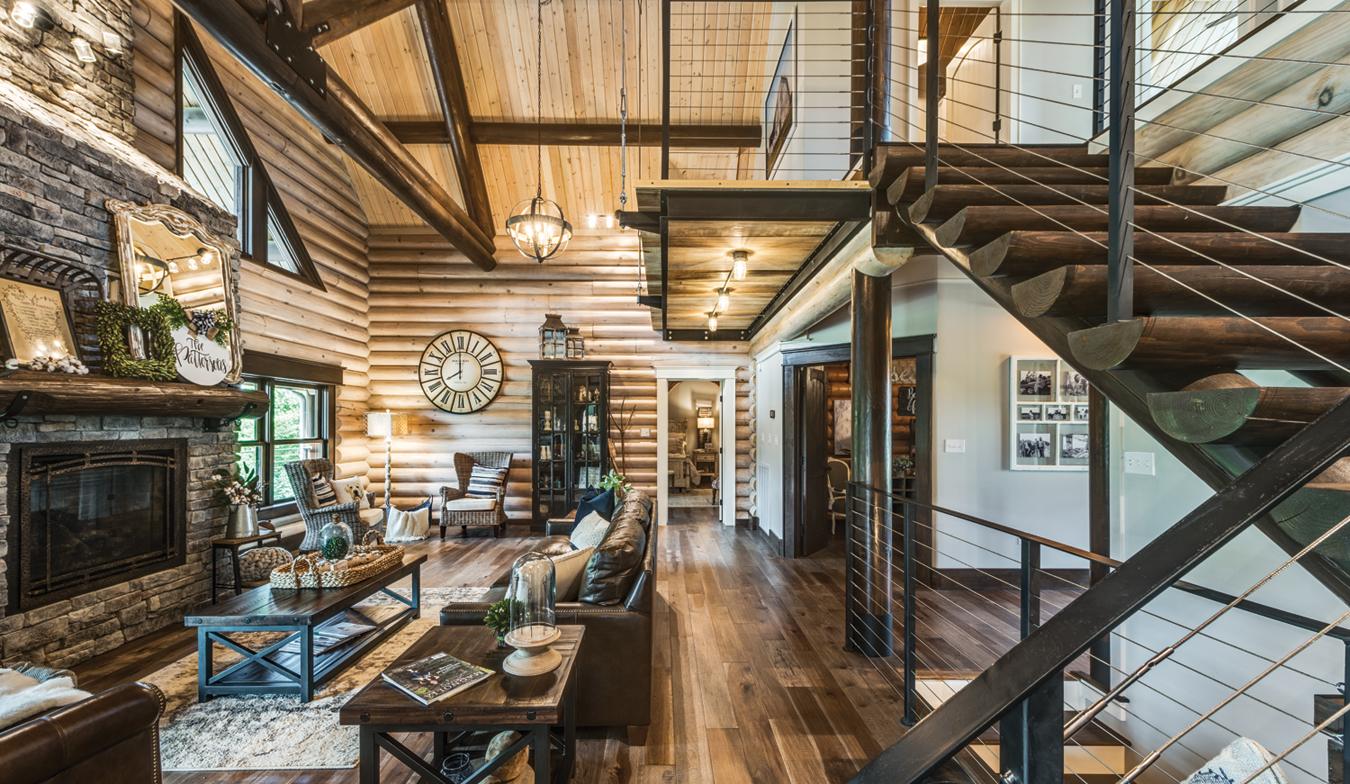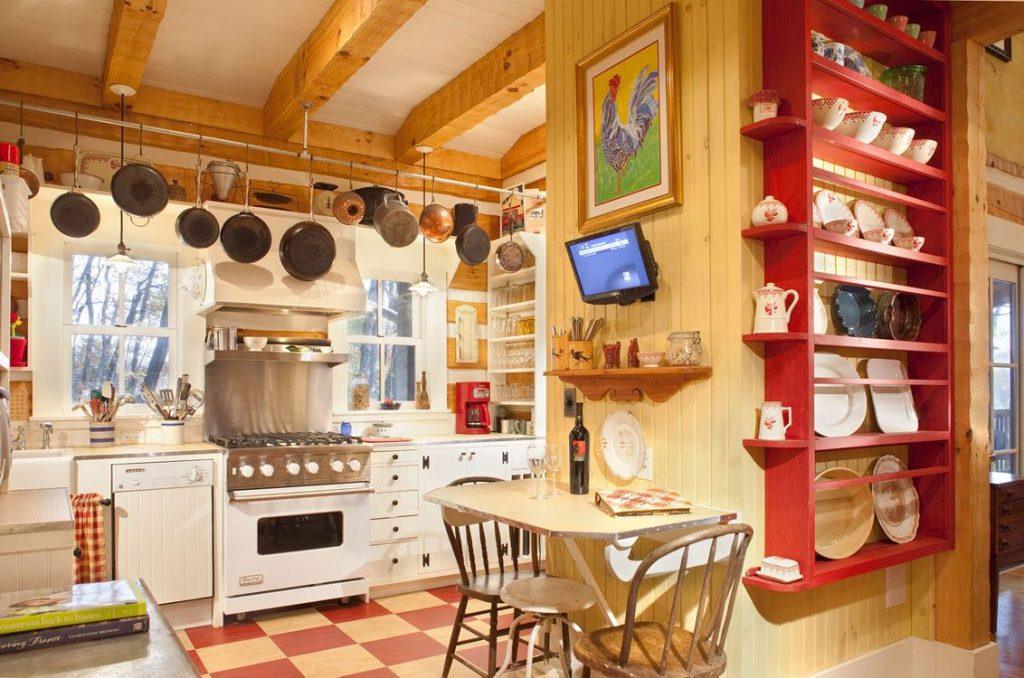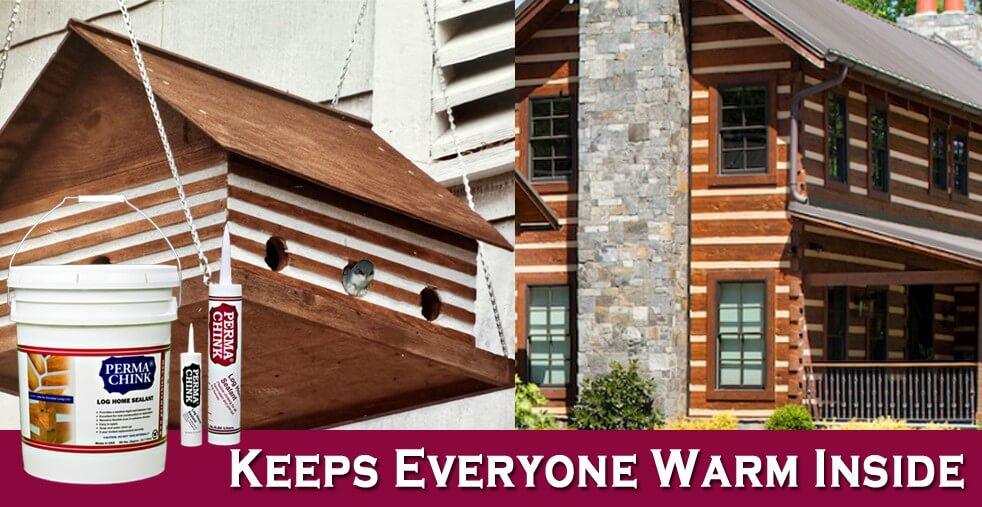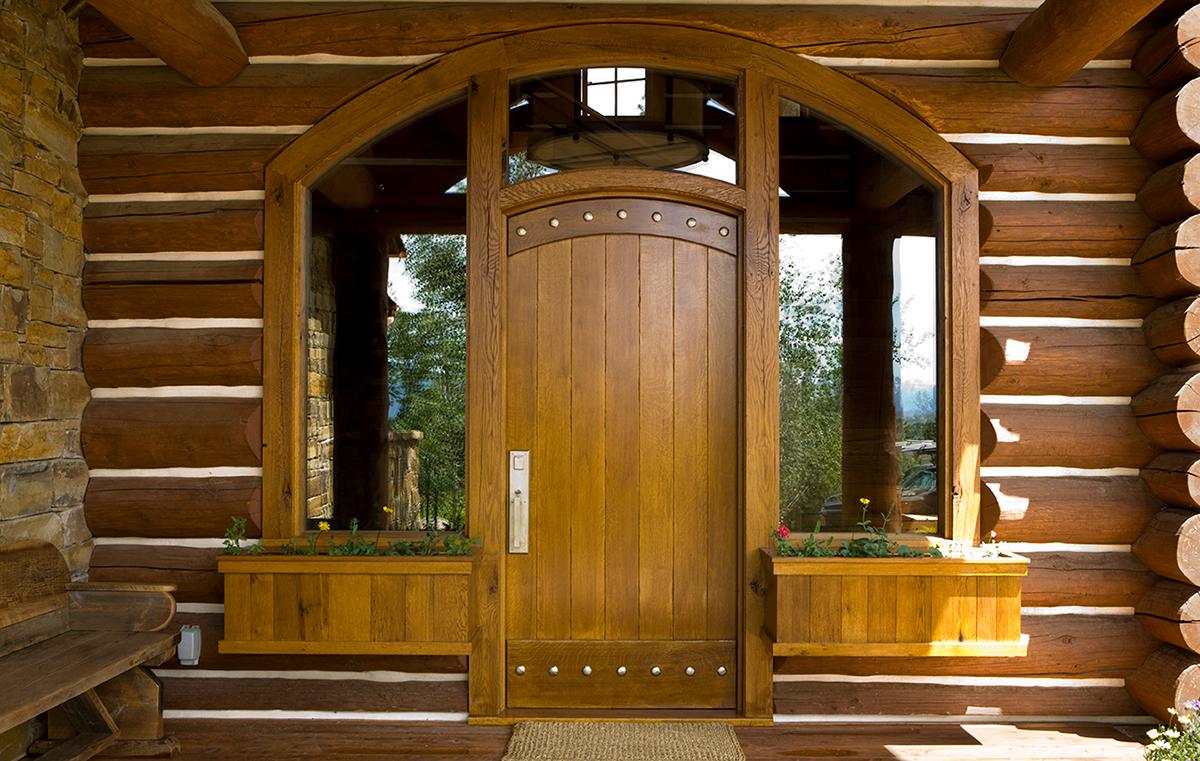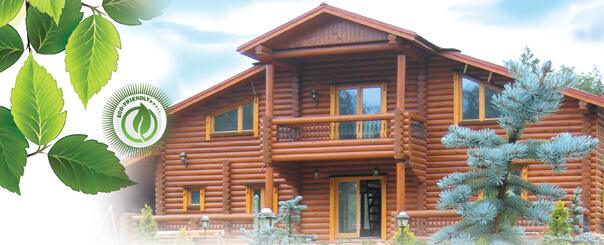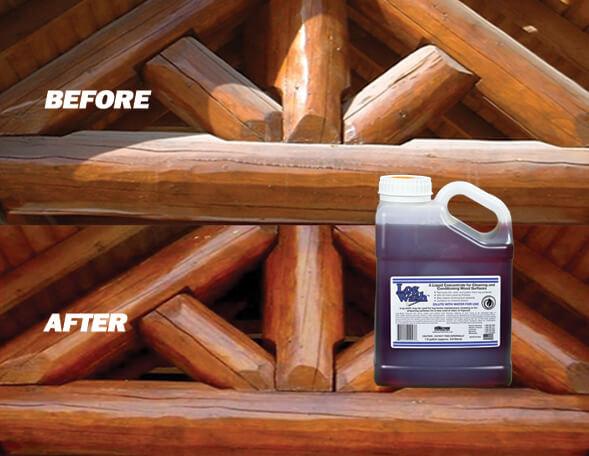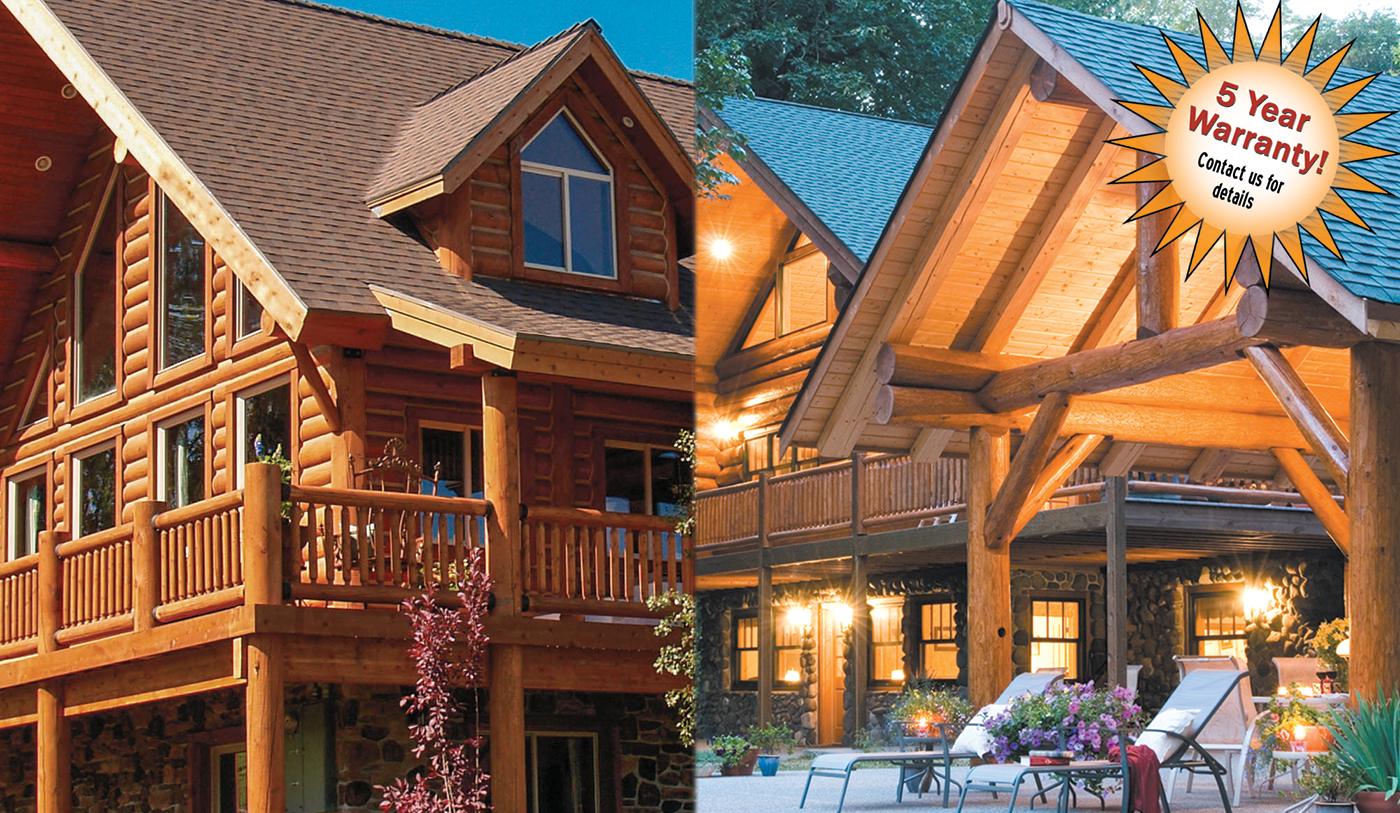Log Wash is The Easy-to-Use Cleaner for Interior and Exterior Surfaces
The initial reason we developed Log Wash™ was for cleaning finished log home exterior surfaces. We found that all of the products typically recommended for general maintenance cleaning like Spic & Span, Mr. Clean or even mild dishwashing soaps softened finished surfaces during the cleaning process. This resulted in potential finish damage, especially if a pressure washer or a brush was used. It turned out that the one thing these cleaners all had in common was their high pH. When we tried the Log Wash formulation we found that it hardened the surface of our finish system and no damage occurred to the finish – even with vigorous scrubbing. It was only later that we discovered the benefits of using Log Wash on bare wood.
Why is Log Wash Better?
First and foremost is its pH. It is one of only a handful of cleaning products on the market that has a slightly acidic pH similar to that of wood. This means that when applied to wood it does not disrupt the wood’s chemistry, thus avoiding many of the discolorations attributed to high-alkaline solutions like bleach or strong acids like oxalic acid. Another feature of Log Wash is that it’s easy to tell when it has been sufficiently rinsed off. While rinsing Log Wash, it will foam as long as any residue remains on the wood. When the foaming stops, it’s a good indication that the wall has been adequately rinsed.
One of the biggest surprises we encountered with the use of Log Wash on bare wood has been how well it removes some types of discolorations due to tannins or chemical imbalances. There have been several occasions when discolorations we thought would be difficult, if not impossible, to remove ended up being no problem at all with the exterior application of a solution of two cups Log Wash per one gallon of water. Cleaning a finished log or timber exterior requires one cup Log Wash per one gallon of water. Interior cleaning application is recommended at one-half cup to one cup Log Wash per one gallon water.
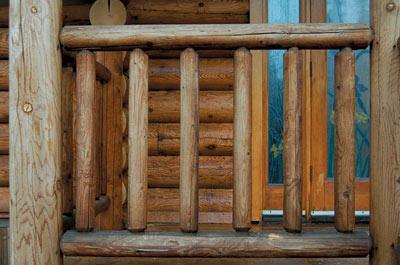
Works on Exterior & Interior
As mentioned earlier, Log Wash is more than capable for cleaning interior wood surfaces as well. While the interior usually doesn’t get as dirty as the exterior, over time it can collect pollen, dust, grease and more. Utilizing Log Wash on interior wood will make your home look fresh and clean.
Stock up on Log Wash now – you will be amazed with the results! The use of Log Wash for maintenance cleaning has been proven to extend the life of the finish as well as keeping your home looking beautiful.
If your log or timber home is built with wood like Western Red Cedar, Redwood, Walnut or Mahogany, use Cedar Wash™ instead of Log Wash for better surface preparation and finish longevity for these specific wood substrates. Read more about Cedar Wash™ here.
New Bare Wood or Restoration?
Since we started promoting the use of Log Wash for cleaning bare wood the number of compliments we receive from homeowners and applicators about its performance has increased. Have a log home that doesn’t have a finish, either new construction or recently stripped of finish? Read how Log Wash will best prepare your bare log surfaces here.
Cleaning Interior Bare Wood Surfaces
Interior walls and ceilings must be cleaned prior to finishing. If your home is completed, you are somewhat limited in the available cleaning methods since the use of a pressure washer is typically not an option. If you want your interior walls smooth, sanding may be your best and only choice. As opposed to exterior surfaces, you can sand interior wood surfaces using 120 grit sandpaper or Osborn brush.
Although your interior wood surfaces may appear to be clean, they are never clean enough to apply a finish to them without first washing them with an appropriate cleaning solution like Log Wash.
Step 1: Mix one half or one cup of Log Wash Concentrate with one gallon of warm water, if available, in a pail.
Step 2: Apply the Log Wash solution to the wall with a rag or sponge starting at the bottom and work up. Allow the solution to remain on the wall for at least 10 minutes.
Step 3: Using a clean rag or sponge and a pail of clean water, wipe the Log Wash solution off of the surface. Frequently rinse the sponge or rag in the pail of water and occasionally exchange the water in the pail with clean water.
Step 4: Allow the surface to completely dry before applying the first coat of finish.

